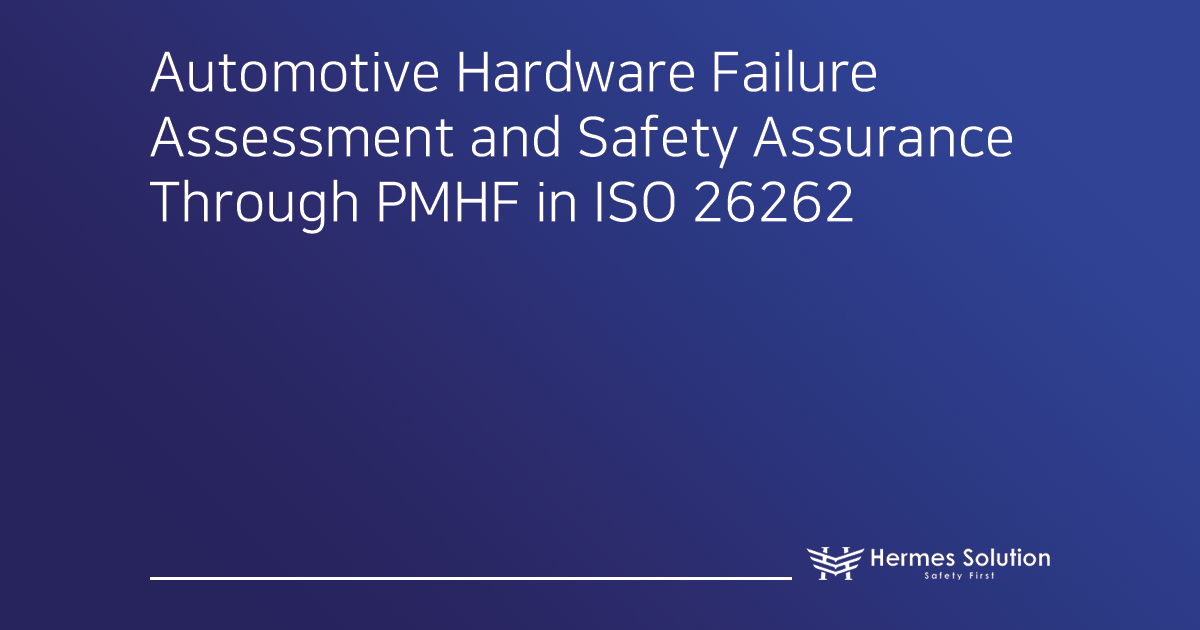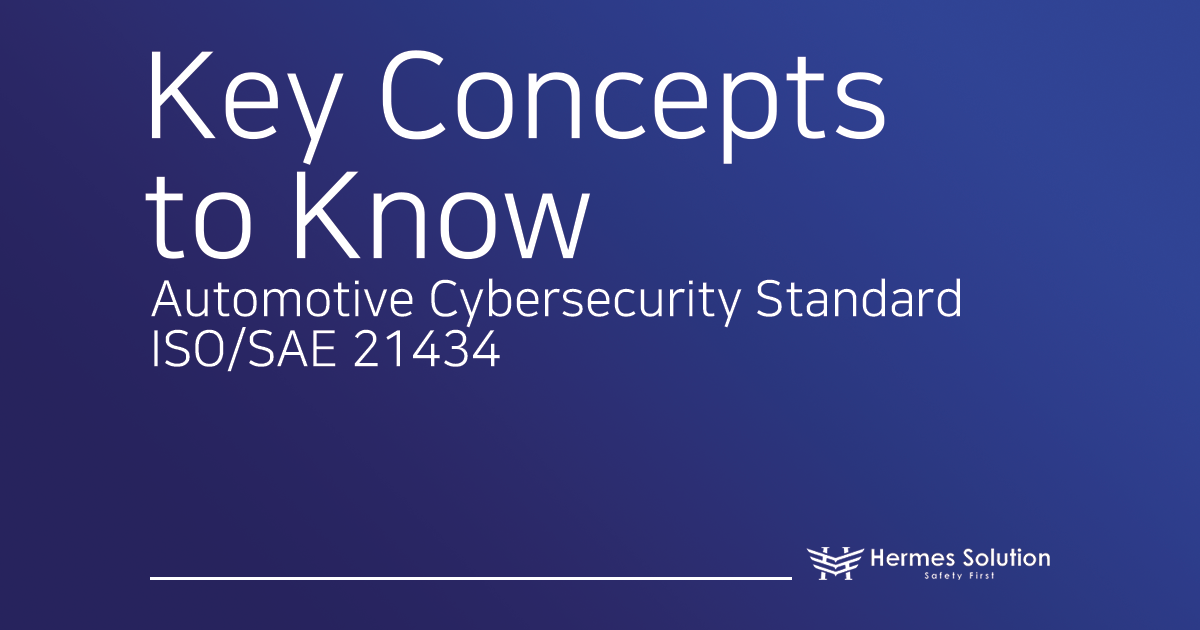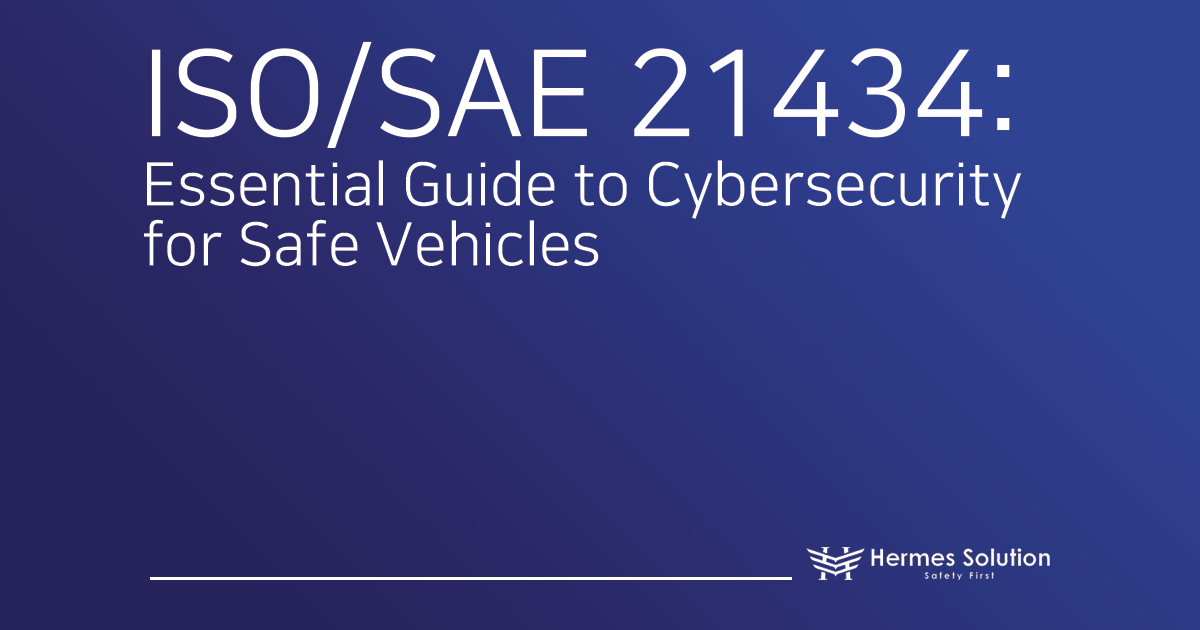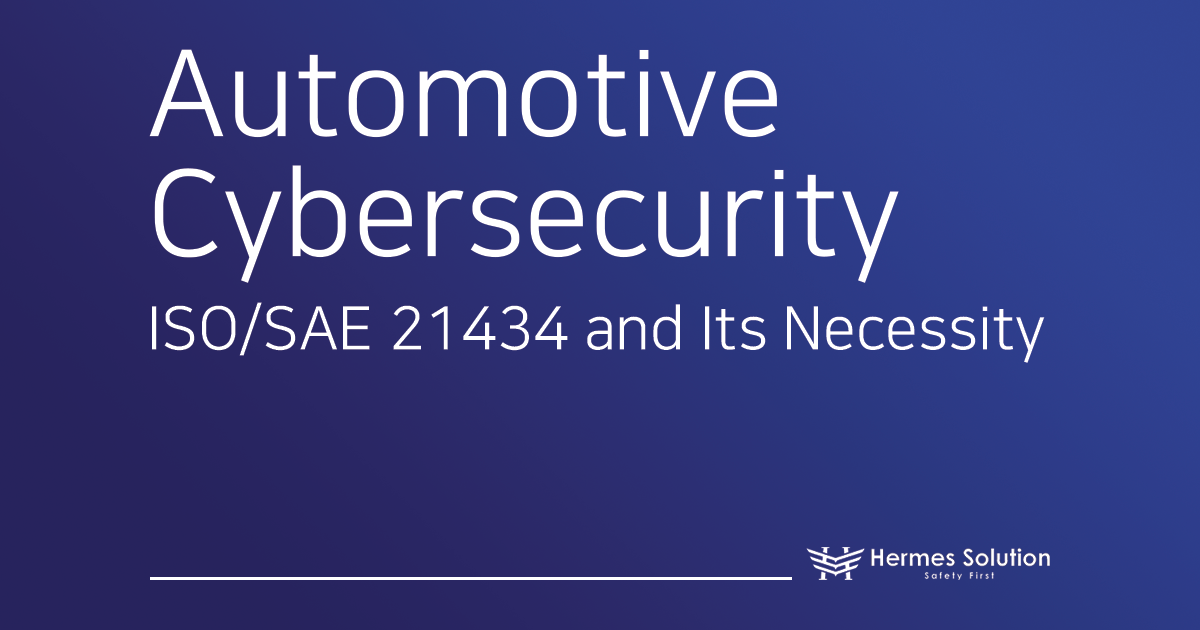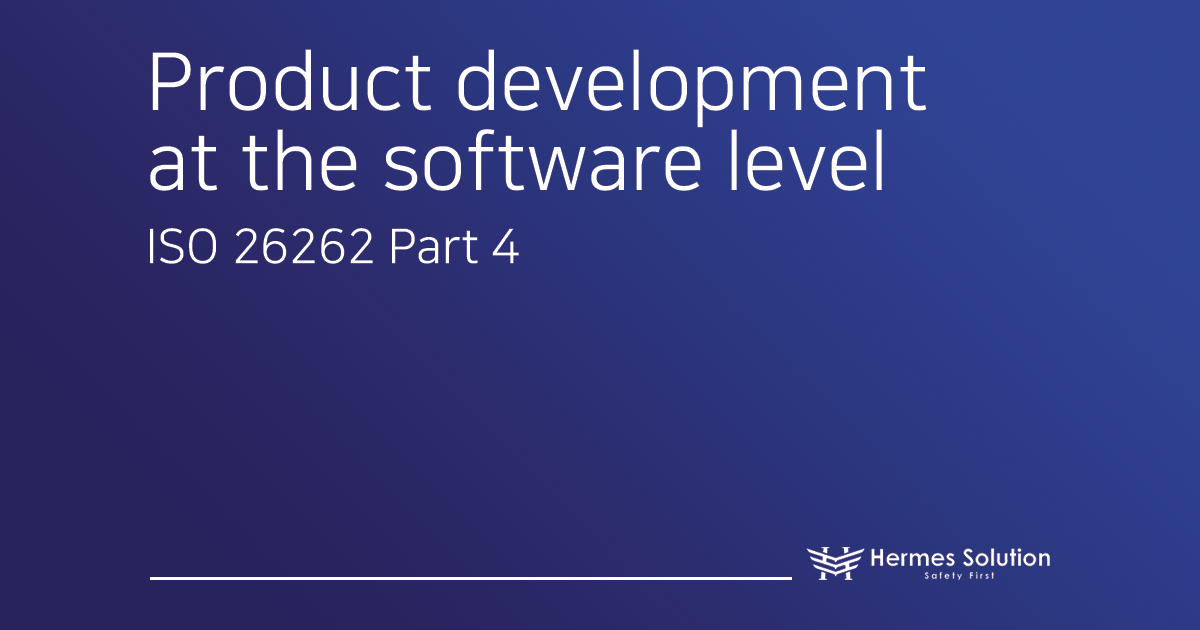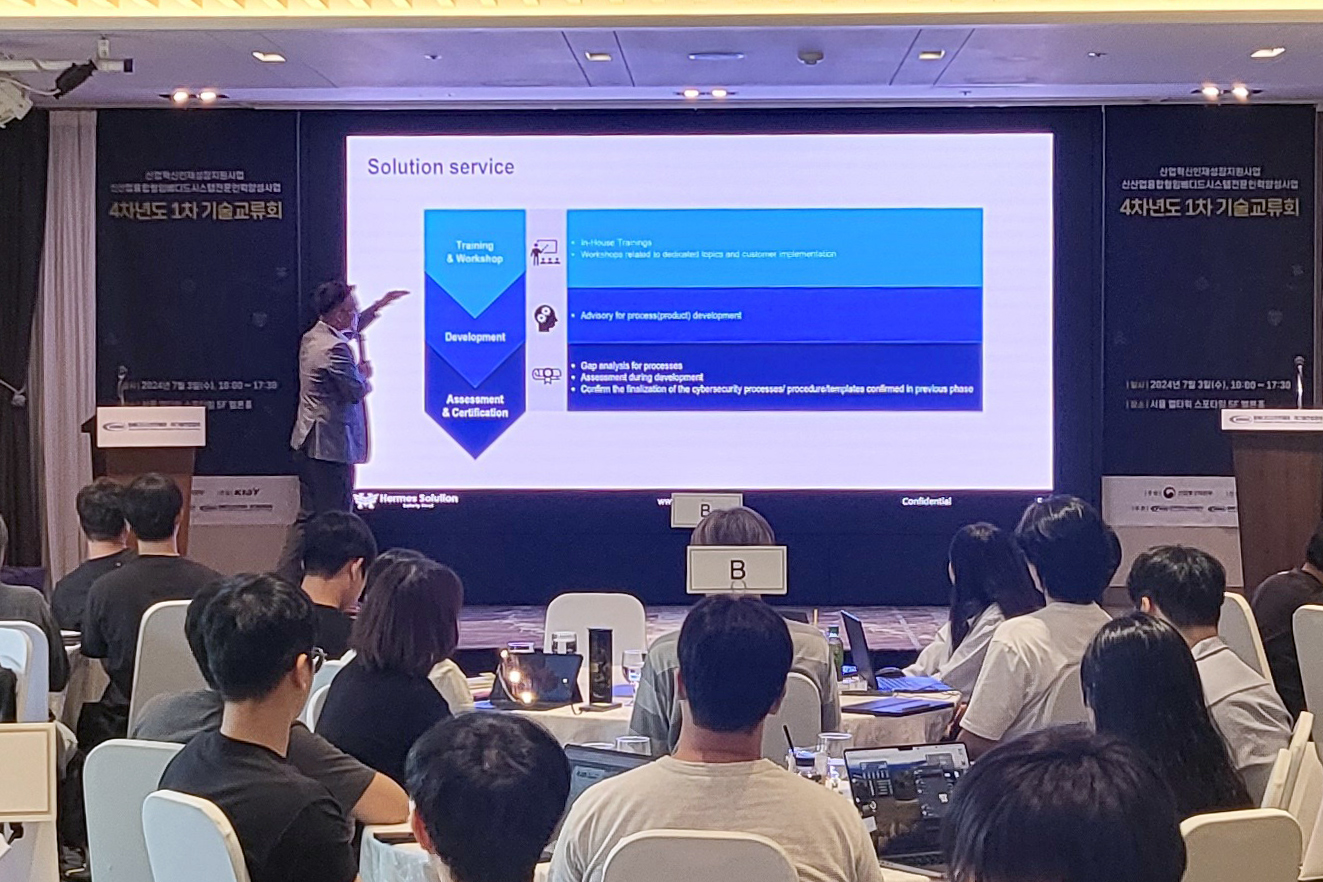Hello, engineers!
Today, we will delve into key technologies for automotive security and the specific measures needed to secure them. As communication between vehicles and external environments becomes increasingly important, so does the need for robust security. Let’s take a closer look at the security strategies associated with external communication technologies for vehicles.
1. V2X (Vehicle-to-Everything) Communication: Connecting Vehicles to Everything
V2X is a communication technology that allows vehicles to exchange information with other vehicles (V2V), road infrastructure (V2I), and pedestrians (V2P). While this technology significantly improves traffic safety and efficiency, it is also vulnerable to hacking, making automotive security essential.
🔎 Security Measures:
Security protocols based on the IEEE 1609.2 standard should be applied. This standard includes data encryption, integrity verification, and certificate management, ensuring the security of the data being transmitted.
Unique digital certificates must be issued and used for each vehicle and infrastructure for encrypted communication. These certificates are based on PKI (Public Key Infrastructure), ensuring that all communication data is encrypted with these certificates.
To establish a real-time threat detection system, AI-based machine learning can be utilized to analyze abnormal traffic patterns in real time and enable immediate response. This can be achieved by collecting sensor data at each communication node and processing it on a central server or a distributed network for anomaly detection.
2. OTA (Over-the-Air) Updates: Securing Wireless Software Updates
OTA enables wireless software updates for vehicles, making software maintenance more convenient, but it also poses a hacking threat. If a hacker injects malicious code, they could gain control of critical vehicle functions, making automotive security essential.
🔎 Security Measures:
End-to-end encryption should be applied to ensure that all data transmissions during OTA updates are encrypted, preventing hackers from intercepting and deciphering the data. High-strength encryption algorithms like AES-256 can be used.
It is crucial to verify the integrity of the software using digital signatures. Adding a digital signature to the update package ensures that the vehicle can install it only after verifying the signature, preventing tampering with the update file.
Implementing a Secure Boot function ensures that the software is verified for security each time the vehicle boots, preventing unauthorized software from running. For this, a Hardware Security Module (HSM) can be used to ensure a secure environment.
3. C-ITS (Cooperative Intelligent Transportation Systems): Collaborative Traffic Systems
C-ITS is a system that enhances traffic safety by exchanging traffic information through collaboration between vehicles and road infrastructure. However, if such a system is hacked, it could lead to large-scale traffic disruptions, necessitating robust automotive security.
🔎 Security Measures:
PKI-based encrypted communication must be implemented so that each vehicle and road infrastructure can safely exchange information through encrypted channels. Each participant in the traffic system should be issued a unique certificate that is managed in real-time and periodically renewed.
To verify message integrity, HMAC (Hashed Message Authentication Code) algorithms should be used to ensure that data has not been tampered with during transmission. This ensures that the information exchanged between vehicles and road infrastructure is trustworthy.
Implementing an Intrusion Detection System (IDS) allows real-time detection of abnormal traffic in communications between road infrastructure and vehicles, enabling immediate response in case of anomalies. Installing network security solutions in each traffic infrastructure and vehicle for continuous monitoring and analysis of communication logs is effective.

4. PnC (Plug and Charge): Security for Electric Vehicle Charging
PnC is a technology that automates authentication and payment during electric vehicle charging, involving the transmission of sensitive user data. Therefore, automotive security is necessary to prevent information leaks or fraudulent transactions during this process.
🔎 Security Measures:
TLS (Transport Layer Security) based on the ISO 15118 standard must be applied to encrypt communication between the charging station and the vehicle. TLS encrypts data in transit and authenticates the communication parties, protecting the data from being intercepted or tampered with.
For secure certificate management, both electric vehicles and charging stations should use digital certificates to build a mutually trusted environment. These certificates are managed based on PKI and should be regularly updated and checked for security by the charging station operators.
Implementing Multi-Factor Authentication (MFA) strengthens the security of the payment process by requiring additional authentication steps (e.g., biometric verification, SMS confirmation) when users connect their vehicle for charging, beyond just vehicle connection.
5. Digital Key: Enhanced Security within Convenience
Digital keys allow users to control their vehicles using smartphones, but if a smartphone is hacked or stolen, sensitive information that controls the vehicle may be compromised. Therefore, it is crucial to strengthen automotive security.
🔎 Security Measures:
The SPAKE (Simple Password Authenticated Key Exchange) protocol should be used to ensure a secure key exchange between the smartphone and the vehicle. This protocol provides a secure authentication method based on passwords, preventing hackers from intercepting key information.
A Secure Element should be implemented within the smartphone to safely store the digital key. The Secure Element is a physically isolated security area that protects the key from external attacks.
Integrating biometric authentication for multi-factor authentication enhances security by requiring additional verification, such as fingerprint or facial recognition, before unlocking or starting the vehicle.
Security Strategies for a Safe Future in Automotive Technology
As future vehicles evolve into more complex networks beyond simple transportation means, automotive security becomes more critical than ever. It is essential to establish detailed security measures, such as encryption, certificate management, and real-time threat detection. Applying a multi-layered security strategy is crucial for the safe and reliable development of automotive technology.



